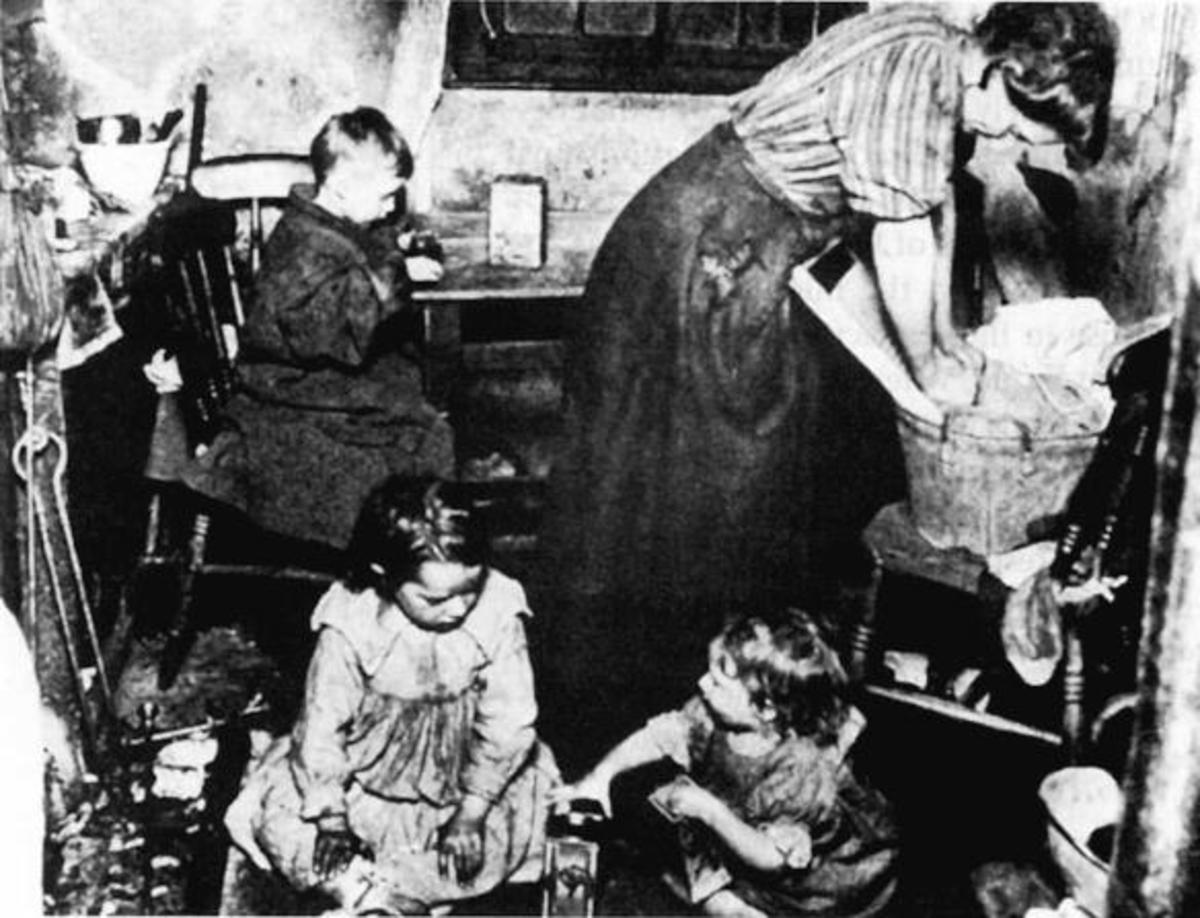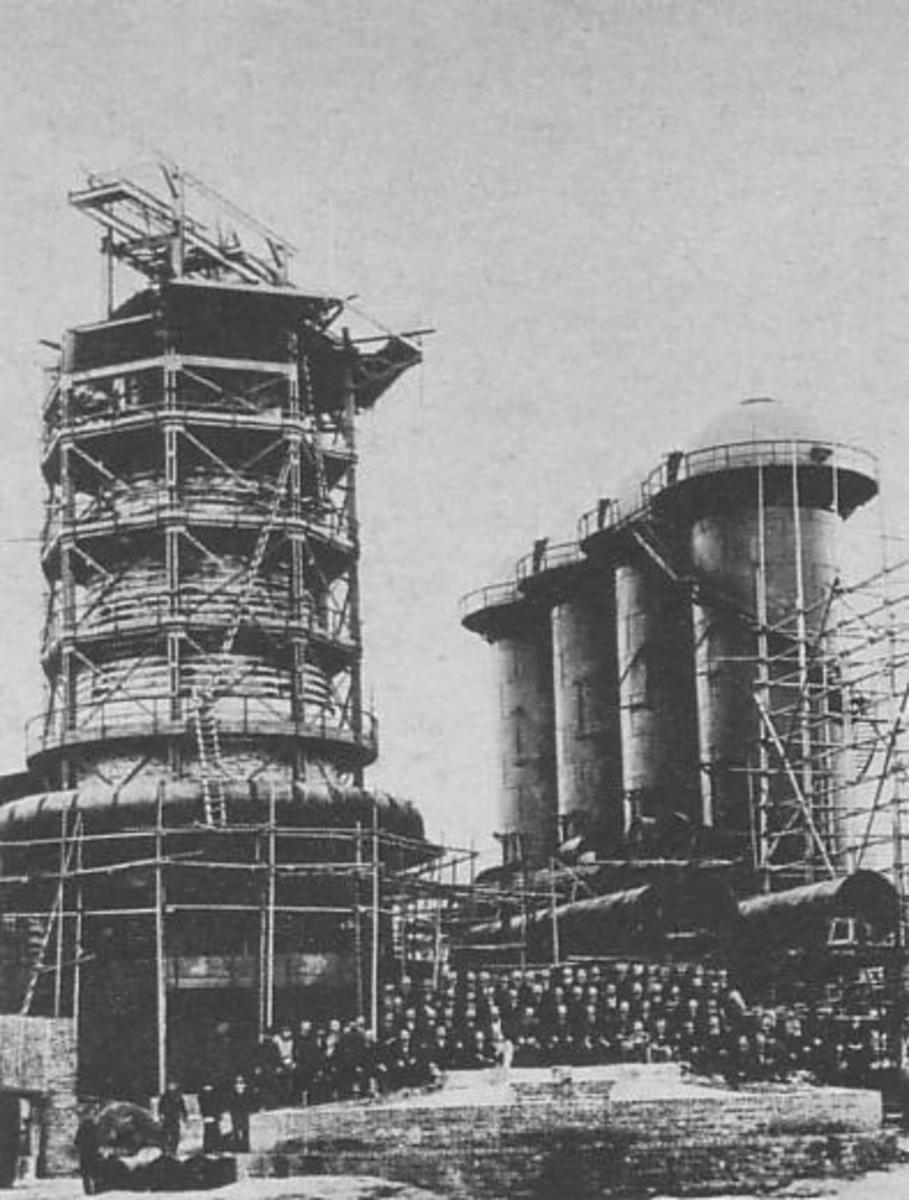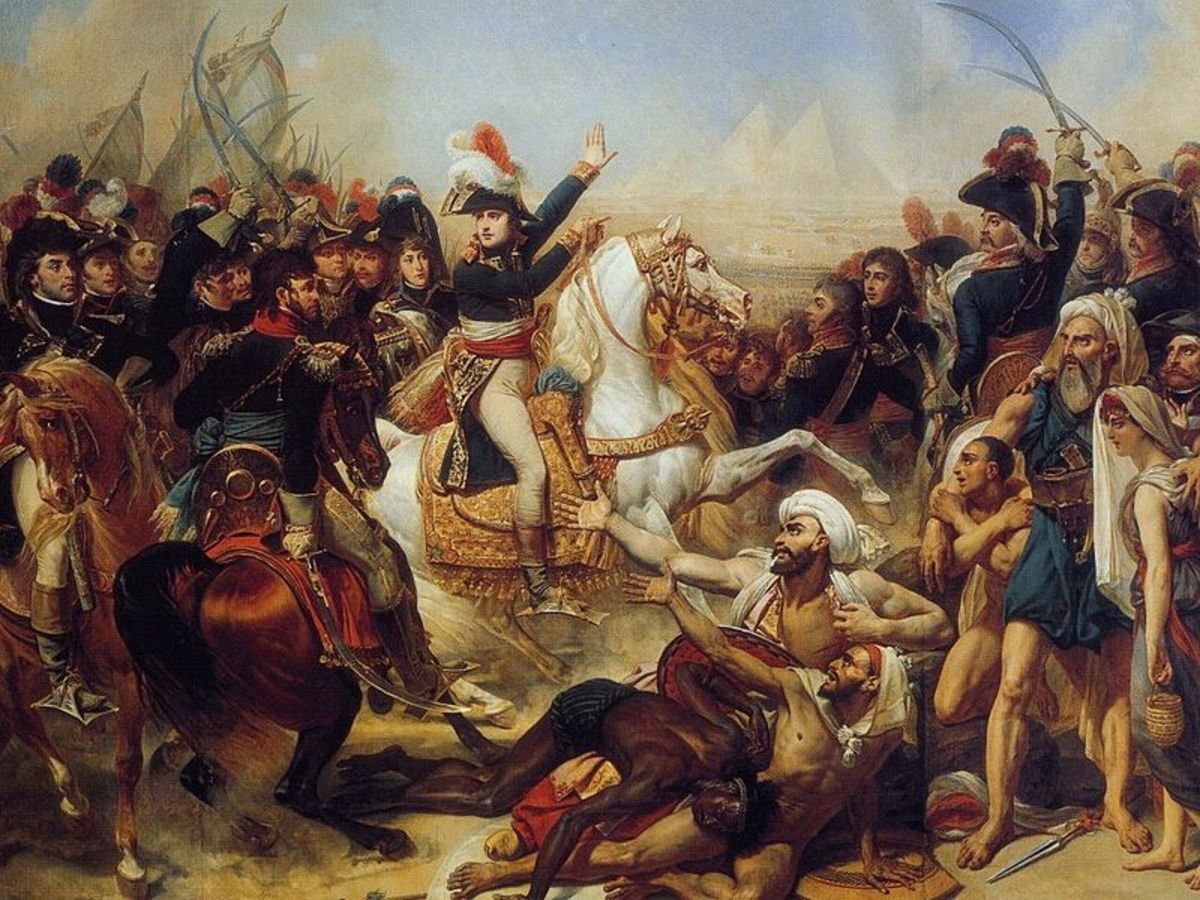- HubPages»
- Education and Science»
- History & Archaeology»
- History of the Modern Era
AGRICULTURAL REVOLUTION
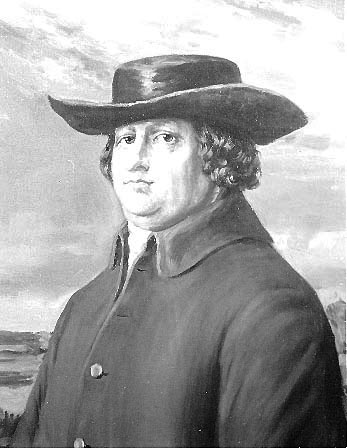
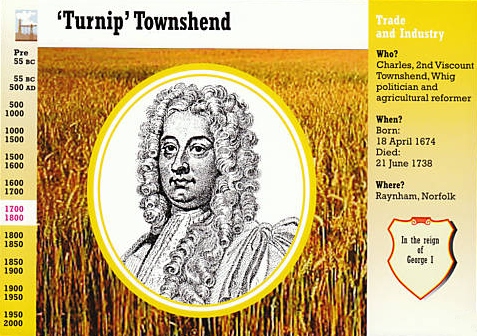
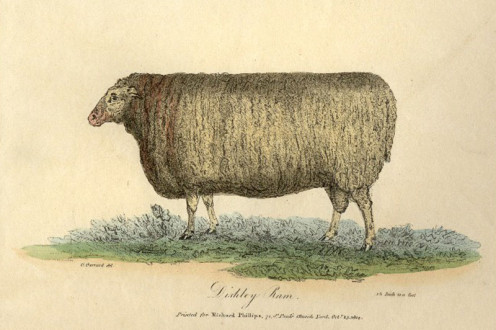
Agriculture for centuries had been the mainstay of the people in all countries. Very little innovations took place during its long period of evolution. There are still communities around the world that continue to use primitive techniques of farming. But the first major changes took place during the 18th century when Britain was on the threshold of industrial development. From the middle of the 18th century changes were so rapid that it became known as agricultural revolution.
The reasons that contributed to this were two fold. One was the sudden spurt in population during this period. The population which stood at five million in 1700 became ten million by the end of the century. With more people to feed the importance of agriculture became obvious. This was compounded by the fact with the industrial revolution large cities that cropped up needed agricultural produce like milk, butter and eggs. With this spurt in demand agricultural productivity had to be increased. But what hampered its growth were fragmented lands and archaic techniques.
LAND
Land in England during the 18th century was splintered with large tracts of neglected strips in which weeds proliferated when left untended. This was bound to affect the farms of better managed ones. The enclosure movement which was intended to build secure enclosures also resulted in some of the big farmers encroaching the smaller ones and their displacement. Despite this iniquity it helped in ushering in robust agricultural growth.
TECHNIQUES
What however contributed greatly to agricultural revolution was the ‘wave of inventions’ in the field of agriculture. For example Jethro Tull on the basis of his observation of French agriculture introduced the techniques of drilling holes for sowing seeds which was a better option than nearly scattering it.
Another pioneer was Viscount Townshend or popularly known as ‘Turnip’ Townshend who experimented with the idea of crop rotation. He found that by using crops such as clover and turnip in rotation with grain he could provide winter fodder for cattle and improve the quality of the soil. This was a radical innovation which was different from the traditional practice. The earlier method was to leave the field fallow after being used for producing grain for a year.Infact Norfolk became the pioneer of agricultural revolution.
The other great innovation was in animal husbandry Robert Bakewell of Leicester began his experiments in 1755 and succeeded in improving the strain of stock animals. The outcome was that the weight of the average bullock nearly doubled and that of the sheep almost trebled. The other person who brought in changes was Thomas William Coke who experimented with cross breeding and developed horses which were able to do twice the amount of work.
These innovations changed the face of English agriculture. It not only catered to the rising demand following the industrial revolution but proved most useful during the continental blockade imposed by Napoleon. At a time when the entire British Isles was in siege the dramatic increase in agricultural production helped in combating this and keeping hunger at bay.




